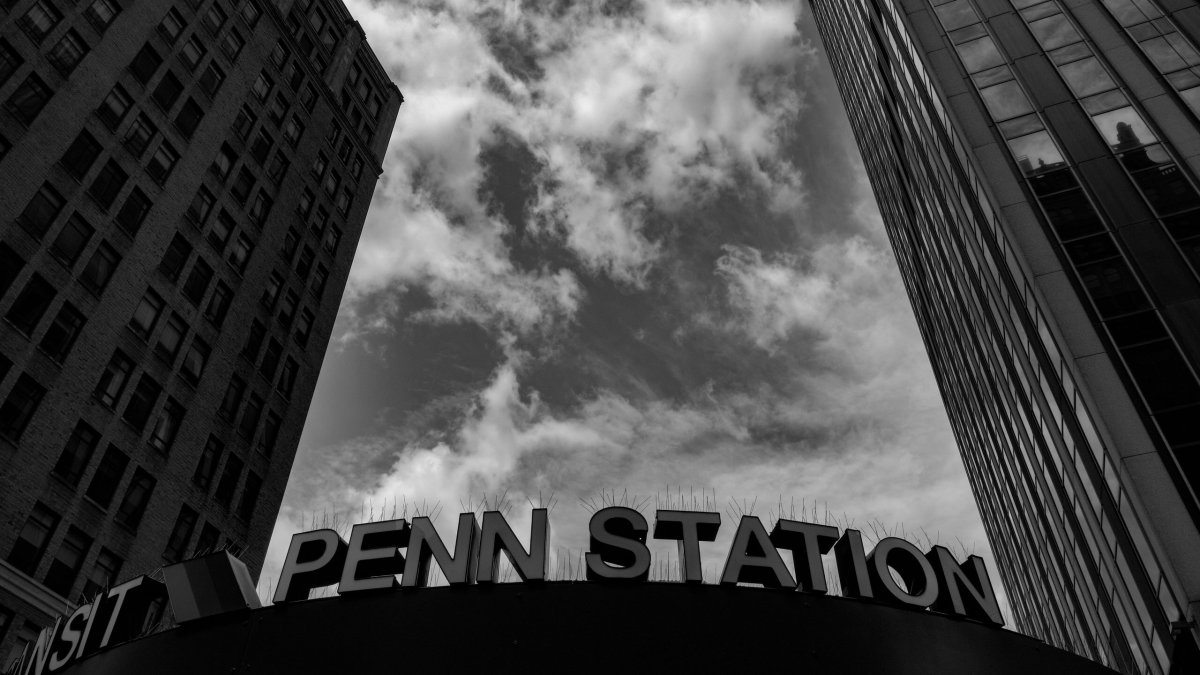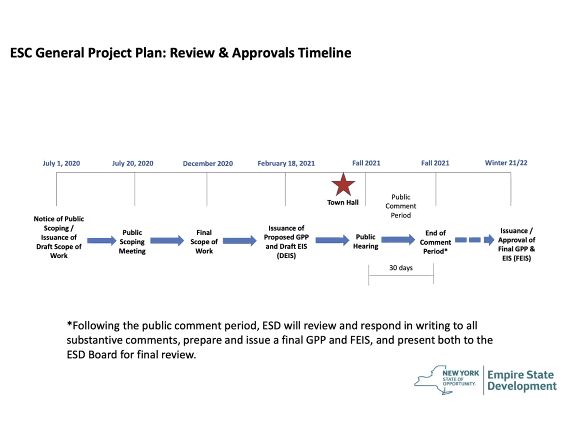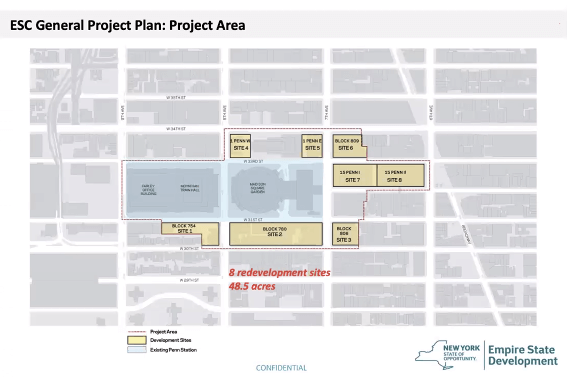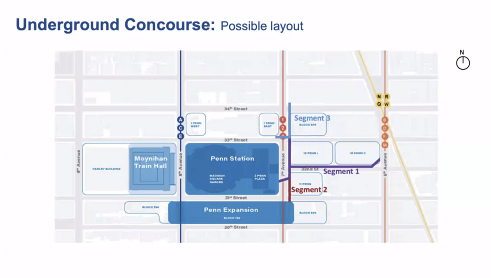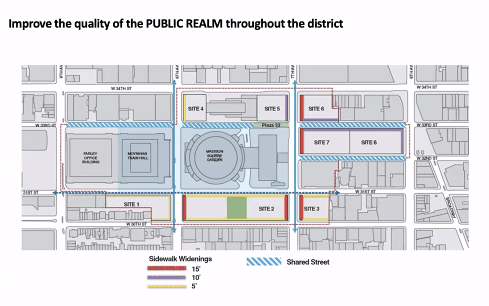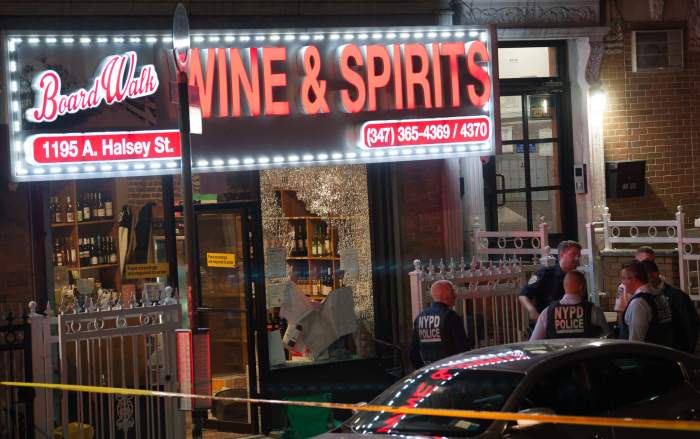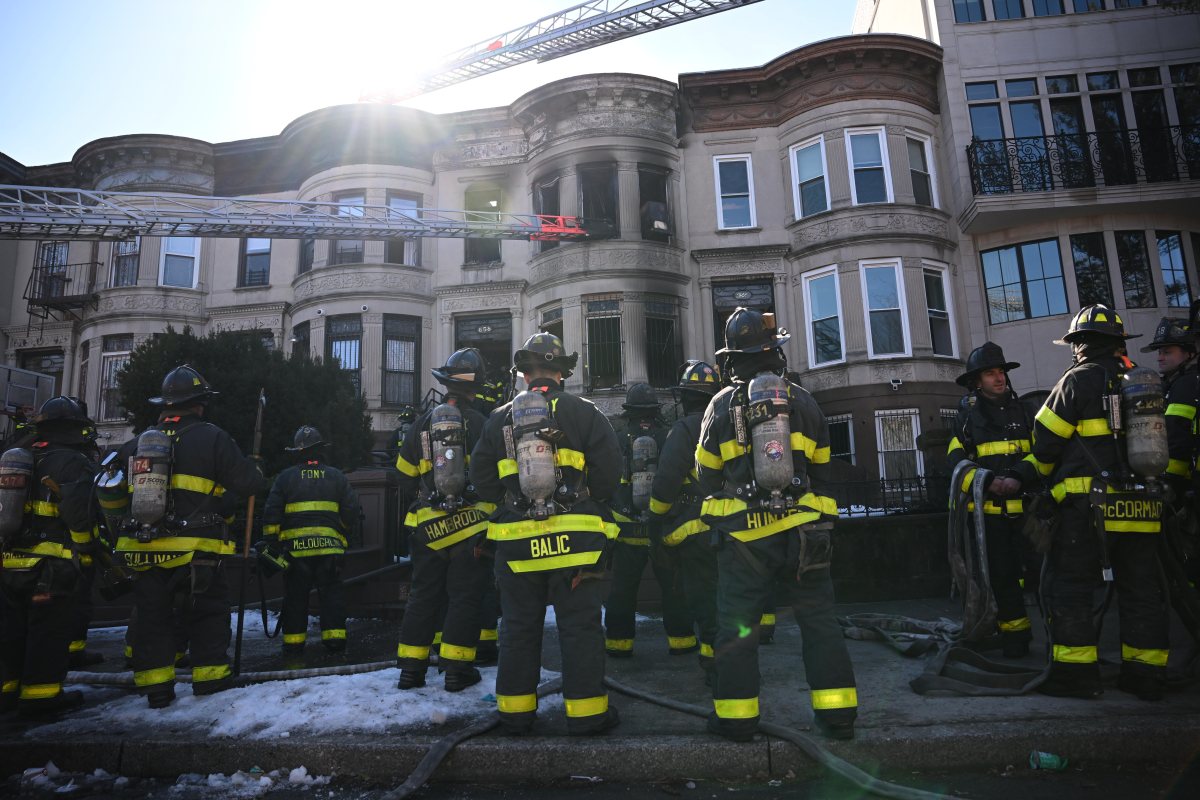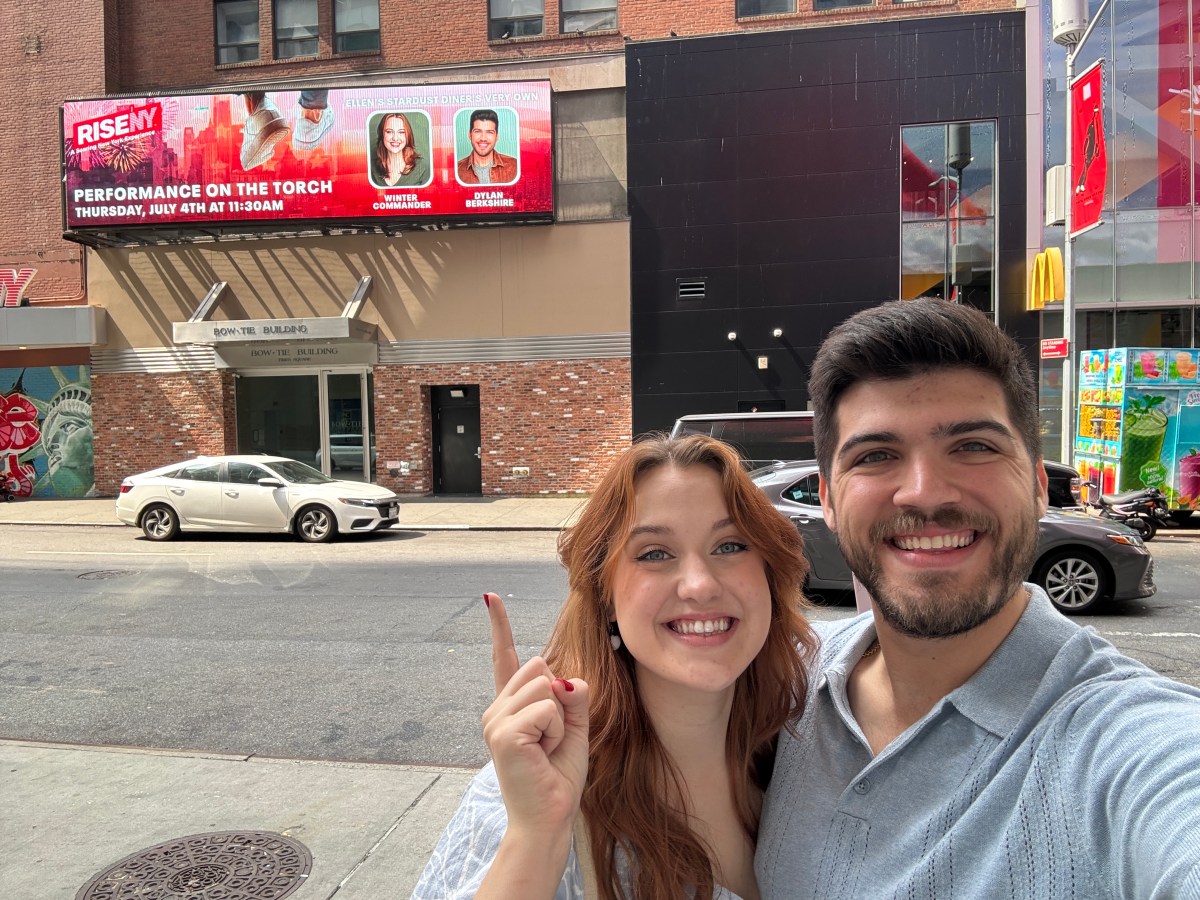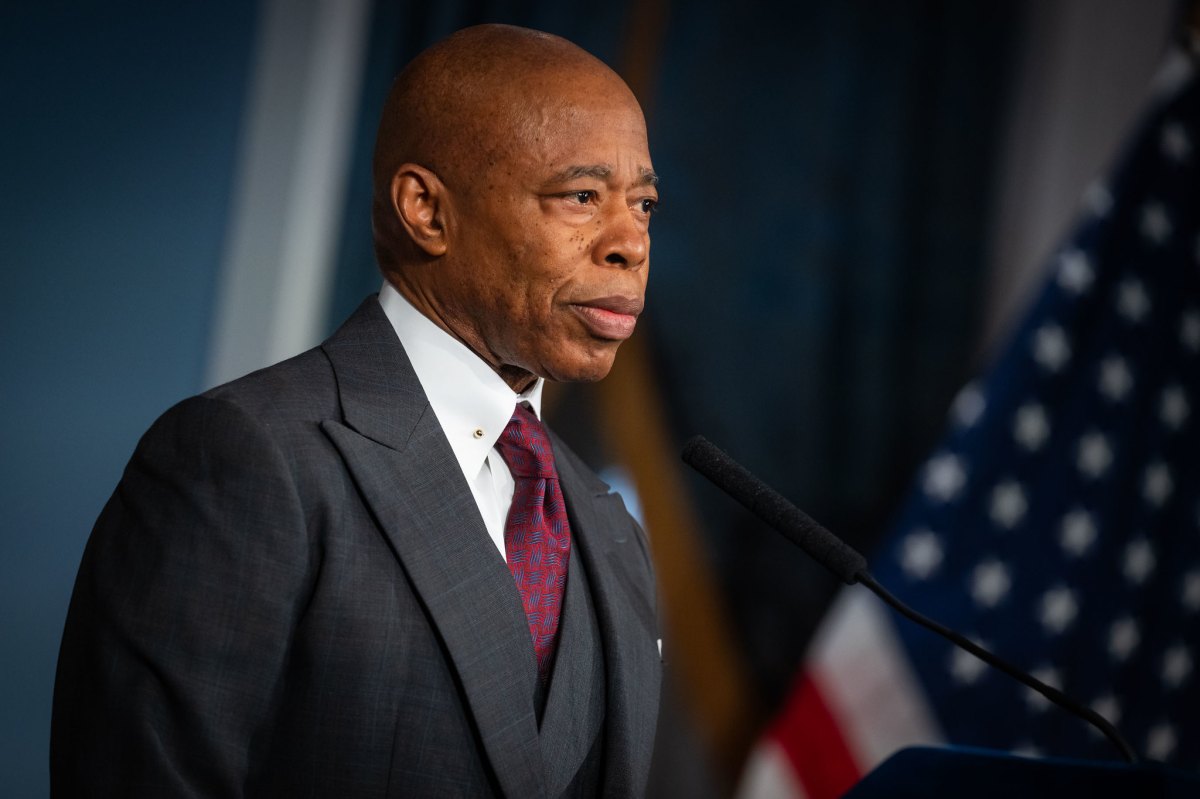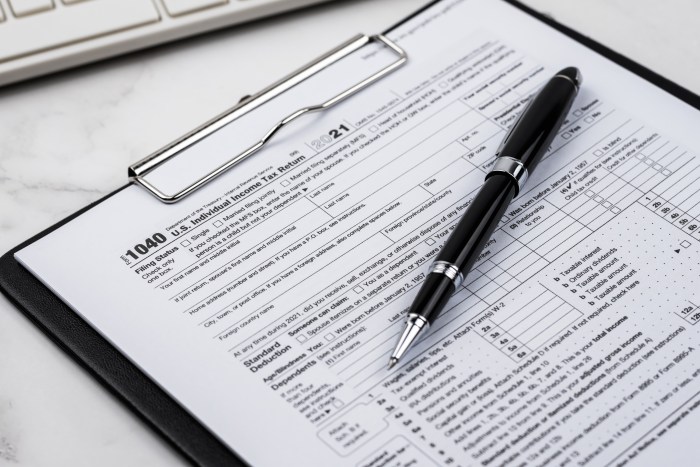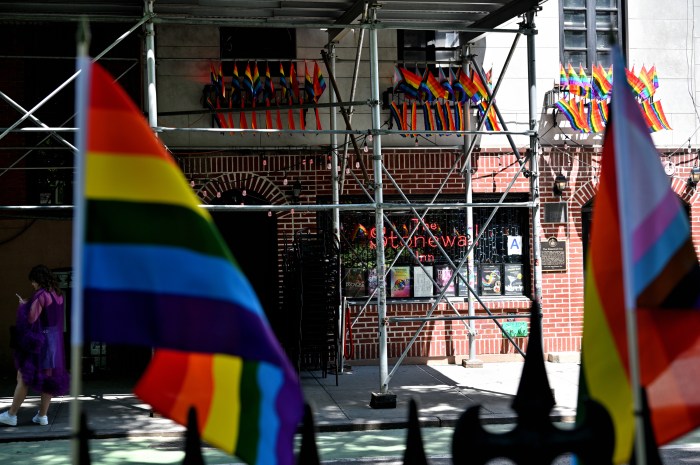Empire State Development presented a draft of the Empire Station Complex to the public on Thursday, cautioning concerned New Yorkers that it is still a rough template for what the Cuomo administration would like to eventually implement.
During the town hall, ESD officials spoke of the progress in developing the General Project Plan and the environmental assessment that will expand Penn Station, including rights for developers to place up to ten new skyscrapers in the surrounding blocks.
But they also emphasized developing the district into a less car-oriented district – acknowledging that motorists dominate the surface level infrastructure of the nation’s largest transit hub.
“What our project will not cover is the Penn reconstruction itself, or the Penn expansion, those projects are going to undergo separate federal environmental reviews ,” Holly Leicht, Executive Vice President of Real Estate Development & Planning at ESD, said. “As you all know, before COVID, Penn the surrounding streets of the station itself or hopelessly congested. And while we know that that level of congestion will come back, we want as New York recovers, to be thinking not just about how to handle an increase in the passengers and an increase in vehicular traffic that’ll do to address the public realm, and to better serve pedestrians and bicycles. Right now, this area is definitely prioritized for cars.”
The majority of comments by state leaders focused largely on expanding sidewalks, particularly on Seventh Avenue, as well as creating new entrances to Penn Station and expanding the platform capacity.
Peter Matusewitch, Deputy Program Executive at MTA Capital Construction, however, said the chances of expanding capacity with the existing subway lines is not a likely proposition as the lines are at their signal capacity. They include the A, C, E, 1, 2 and 3 trains.
“We’re looking to improve access to transit and the quality of the community, commuting experience and that’s not just the transit but also for bicyclists and pedestrians, improving the quality of the public realm and creating world-class, high density transit integrated development,” Matusewitch said.
An underground gangway from Penn Station to Herald Square, according to Matusewitch, would alleviate some congestion of people milling in and out of the station.
According to Leicht, there could be a number of pedestrian plazas and shared streets as part of the plan, including one of the latter between Sixth and Seventh Avenues on 32nd Street as well as 31st Street between Seventh and Eighth Avenues. These are currently the two sections ESD are studying, Leicht said.
Philip Maguire, Vice President Of Design And Construction for ESD, said a two-way bike lane could be built on 31st Street as well as adequate bike parking.
Jeffrey C. LeFrancois, First Vice Chair of Manhattan Community Board 4, pressured ESD to talk more about the skyscrapers that are cleared for takeoff if the proposal is approved, to which Leicht said it was simply a way for the state to fund the additional public amenities.
“[Large projects] generally require significant funds, they can’t just depend on budget appropriations which are year-to-year. You have to have a financing strategy to show the feds if they’re going to contribute their 50%, you have to show that you have a real strategy for how you’re going to come up with your billions of dollars. The revenue structure would be a combination of selling the additional developer rights and air rights that are being created,” Leicht explained.
The feasibility of pedestrianizing the east-west corridors surrounding Penn Station was called into question as well, with trucks supplying Madison Square Garden possibly cause problems. Matusewitch and Leicht said loading operations may be subject to change as the project progresses, meaning the continued presence of MSG will not conflict with either agency’s plans for the station.
Another complaint called into question the size of the pedestrian section of the study compared to the vehicular impacts, to which Leicht said that while the commitment was to prioritize foot traffic, the changes may have needed a wider examination.
The Empire Station Complex has not been welcomed with open arms as a small band of organizations have argued against the expansion Penn as potentially destroying a number of historic sites, including the Hotel Pennsylvania. On the other hand, Vornado Real Estate Trust as well as 34th Street Partnership’s Dan Biederman have argued that the district requires a serious facelift in the name of economic development.
Governor Andrew Cuomo originally unveiled the plan for the Empire Station Complex during his State of the State address in 2020. COVID-19 hit three months later, but public attention around the Cuomo administration’s plan reemerged in early 2021 as vaccines offered a solution to the pandemic.
Regardless of the seemingly small group of opponents, LeFrancois noted as the meeting began that there were about 150 comments, the majority of which were in “staunch” disapproval, especially in regard to the development of more high-rise towers.
Anthony Semancik, a special counsel to ESD, said that acquisition of any properties is years away from taking shape.



